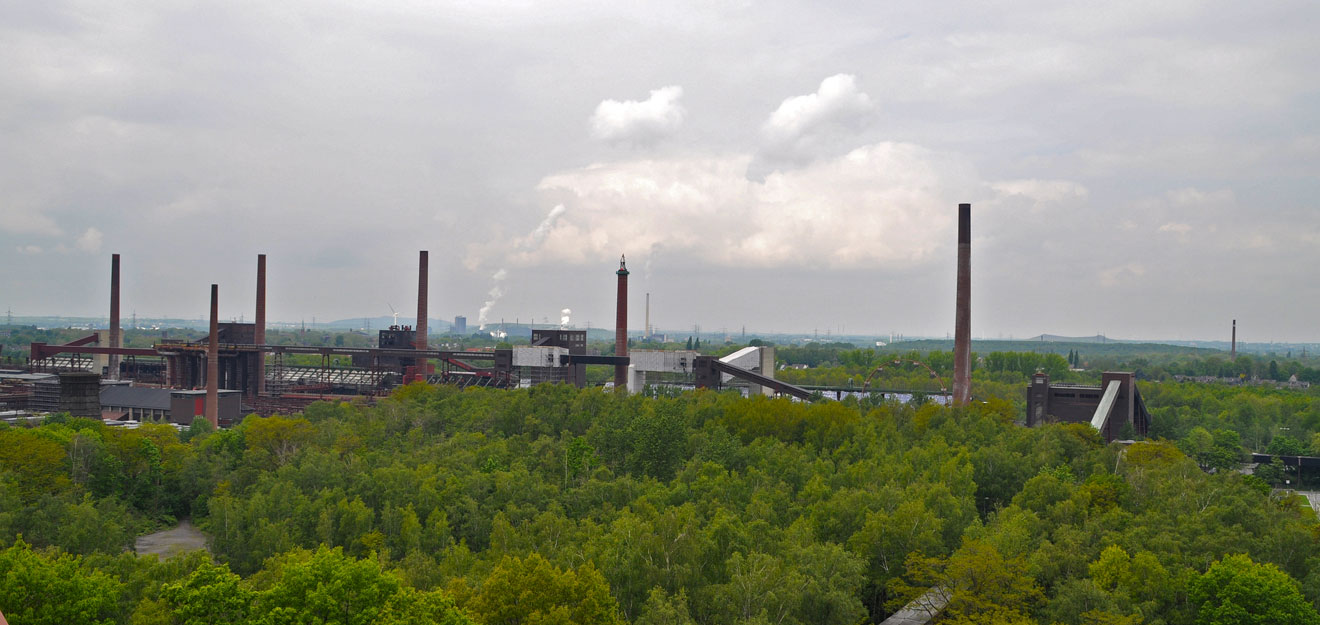The coal mining industry has always been one of the key areas of energy supply, providing a large amount of heat and electricity for humanity. However, accompanied by a large amount of coal mine exhaust emissions, this poses a serious threat to the environment and human health.
What is coal mine exhaust emissions?
Coal mine exhaust emissions refer to the emissions of gases and particulate matter generated during coal mining and processing. These exhaust gases are usually released into the atmosphere without strict control and treatment. The main components of coal mine exhaust include sulfur dioxide (SO2), nitrogen oxides (NOx), particulate matter (PM), carbon monoxide (CO), and volatile organic compounds (VOCs). The emissions of these substances in the atmosphere have negative impacts on the environment and human health.
The amount of exhaust emissions from coal mines depends on multiple factors, including the scale of the coal mine, mining methods, coal types, and mining processes. The following are some main sources of emissions:
Open pit coal mines: Open pit coal mines typically generate a large amount of exhaust emissions from coal mines, including a large amount of particulate matter and SO2. Transportation and blasting operations within the mining area also release a large amount of dust and NOx.
Underground coal mines: The emissions from underground coal mines are relatively low, but they still include particulate matter and SO2. The mechanical equipment and lighting system of underground mining also emit CO.

Coal washing: In the process of coal washing, water and chemical agents are usually used to separate coal and non coal substances, which may lead to the discharge of SO2 and VOCs in wastewater.
Coal storage and transportation: The storage and transportation of coal may also lead to the emission of coal exhaust, especially during loading, unloading, and transportation.
The exhaust emissions from coal mines have caused various negative impacts on the environment and ecosystem:
Air pollution: Pollutants such as SO2, NOx, and PM in the exhaust emissions of coal mines can lead to air pollution, forming haze and acid rain, endangering air quality and ecological balance.
Water pollution: The wastewater discharged during the washing process may contain harmful chemicals, causing pollution to the water body and endangering aquatic organisms and water sources.
Soil pollution: Due to the falling of particulate matter from coal mine exhaust emissions onto the soil, it may lead to soil pollution, affecting plant growth and soil quality.
Health impact: The particulate matter and VOCs in coal mine exhaust emissions pose a threat to human health and may cause respiratory diseases and cancer.
Climate change: Carbon dioxide (CO2) in coal mine exhaust emissions is one of the main greenhouse gases.
Coal mine exhaust emissions are a complex and serious environmental problem that has adverse effects on the atmosphere, water bodies, soil, and human health. To reduce these emissions, a series of measures need to be taken, including introducing clean technologies, improving energy efficiency, implementing regulations, and promoting renewable energy. The goal should be to achieve sustainable transformation of the energy industry, reduce dependence on coal, and protect our environment and future quality of life. This is a long-term and urgent task that requires the joint efforts of enterprises and the public to build a cleaner and sustainable future.







Comment